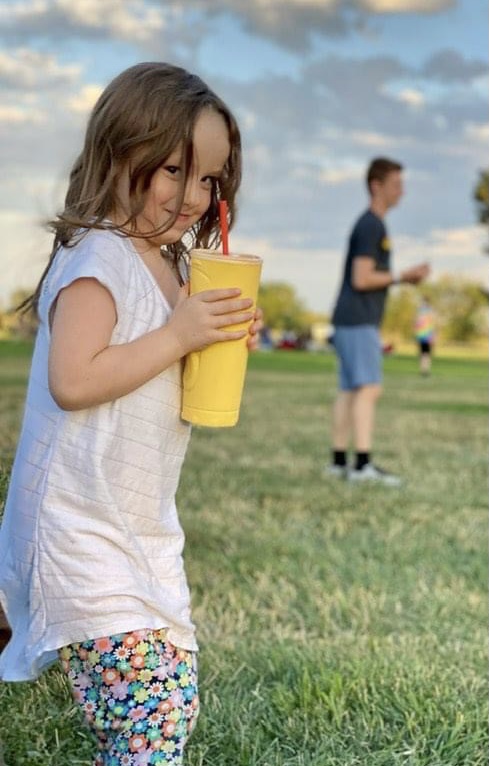About Your Cornea Transplant

The Rocky Mountain Lions Eye Bank helps to cure blindness by providing donor eye tissue for sight-saving cornea transplants, medical education, and research.
RMLEB is recognized for its expertise and leadership in eye banking. Our skilled staff provide high quality tissues to surgeons in a timely manner so patients waiting for a sight-saving cornea transplant can get back to enjoying life's meaningful moments.
How long must I wait for a donor cornea?
Our service area of Colorado and Wyoming has some of the highest registry rates of eye, organ, and tissue donors in the nation. This means your surgeon can schedule your transplant when it is convenient for you and it is likely a suitable cornea will be available on that date.
Will I find out who the donor is?
Both your identity and the identity of the donor are confidential. You can correspond with your donor's family through RMLEB.
Ensuring the safety of donated eye tissue:
The Rocky Mountain Lions Eye Bank and your transplant surgeon work together to ensure the safest transplant possible. The Food and Drug Administration (FDA) and the Eye Bank Association of America (EBAA) regulate eye tissue safety. Both agencies routinely inspect RMLEB and other eye banks for compliance with safety and medical standards. RMLEB is also overseen by medical directors who are cornea specialists.
Donor Medical Record Review
RMLEB coordinators perform a thorough review of the donor's medical record and interview the donor's next-of-kin about the donor's past medical and social history. The donor's loved ones often provide additional information that may not appear in the medical record, which adds another level of safety. The donor's blood is also tested for infectious diseases. The test results must be negative to continue on with the donation process.
After Recovery
After recovering the donated eye tissue, the technician places it in a solution to keep it viable. They then transport the corneas back to the eye bank’s laboratory. Specially-trained technicians evaluate the general condition of the donor cornea as well as count the number of endothelial cells on the cornea. These cells are vital to a successful transplant for most transplant procedures. Every cornea must meet strict medical and physical standards to be offered to a surgeon for transplant.
Eligibility Determination
RMLEB's medical director or their designee reviews the donor's records and the microscope evaluation, then makes a final eligibility determination in accordance with the EBAA's and the FDA's strict medical standards.
Many criteria are evaluated when determining which cornea is best for a recipient. These include age, diagnosis, and time on the waiting list. The donor's age, corneal cell count, general condition, and size of the cornea may also be factors. Typically, the recipient's age will match the donor's age within 10 years. Blood type or tissue type does not need to be matched for cornea transplants.
Release of Tissue
If the eye tissue is eligible for transplant, it is then offered to a surgeon in a fair and equitable way. If the eye tissue meets the surgeon's specifications for the patient, it's delivered or shipped to the surgeon for transplant.
If you have questions about your transplant, please contact your surgeon.